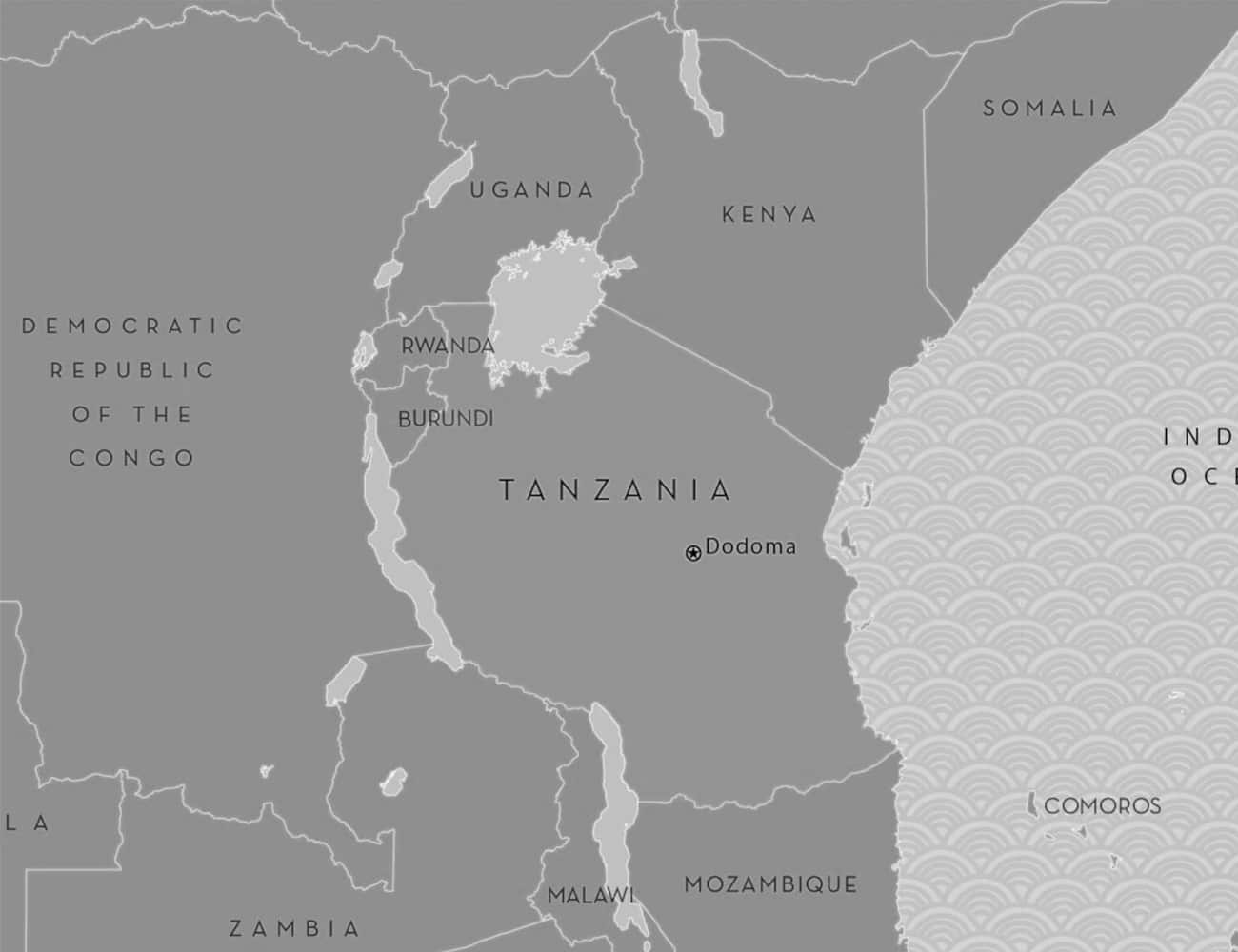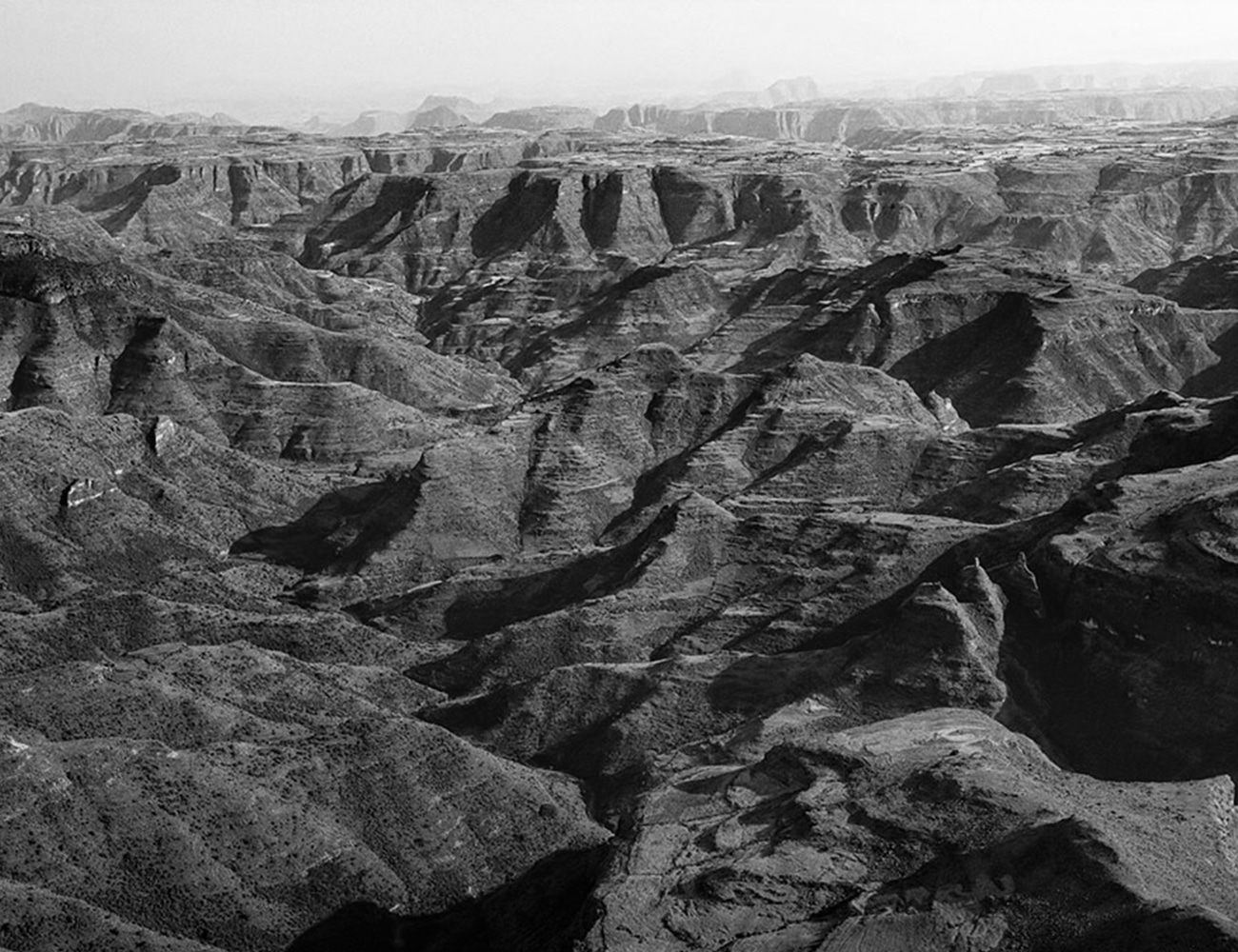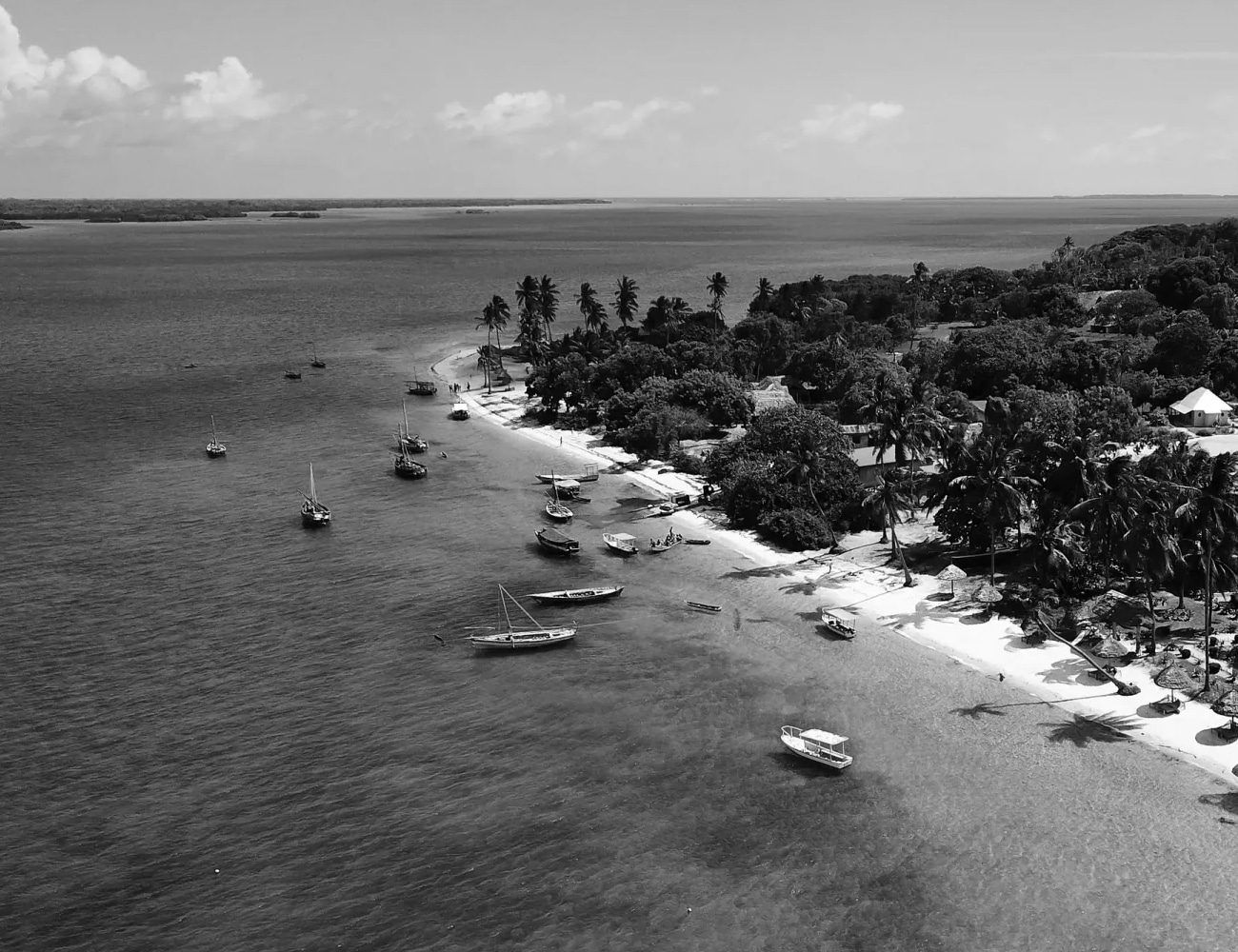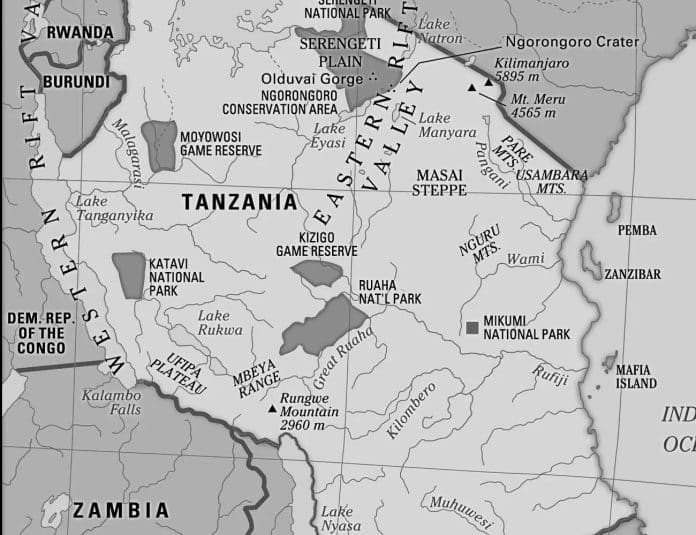Untangling the Common Misconception: Understanding the Distinctiveness of Tanzania’s Geographical Position
Have you ever asked the question: Is Tanzania located in South Africa seeing that both countries share similar culture? If so, this article is for you. Located in the eastern part of Africa, Tanzania is often misunderstood when it comes to its geographical position. Many people mistakenly believe that Tanzania is solely landlocked, unaware of its significant coastline. In this article, we aim to shed light on this common misconception and help you understand the distinctiveness of Tanzania’s geographical position.
The unique location of Tanzania

Is Tanzania located in South Africa? The short answer to this question is no. Tanzania, with its vast landmass, is bordered by eight countries, including Kenya, Uganda, Rwanda, Burundi, the Democratic Republic of Congo, Zambia, Malawi, and Mozambique. However, what sets Tanzania apart is its stunning Indian Ocean coastline, stretching over 1,424 kilometers. This coastal strip embraces beautiful and diverse landscapes, including pristine white sandy beaches, idyllic islands, and vibrant coral reefs.
Tanzania’s geographical position is unique compared to its neighboring countries. While it shares borders with several landlocked nations, it stands out with its expansive coastline along the Indian Ocean. This gives Tanzania the advantage of having access to both the landlocked and coastal regions, making it a crucial hub for trade and tourism in the region.
Tanzania’s physical geography

Now that we have answered your question: Is Tanzania located in South Africa? Let’s discuss the physical geography of Tanzania. Tanzania’s physical geography is characterized by a diverse range of landscapes. In addition to its stunning coastline, the country is home to the iconic Mount Kilimanjaro, the highest peak in Africa. The mountain’s majestic presence attracts climbers from around the world, adding to the allure of Tanzania’s geographical position.
Apart from Mount Kilimanjaro, Tanzania boasts a variety of geographical features, including the Great Rift Valley, vast savannahs, dense forests, and expansive lakes. These diverse landscapes contribute to Tanzania’s distinctiveness and make it a haven for wildlife and nature enthusiasts.
The impact of Tanzania’s location on climate
Tanzania’s geographical position plays a significant role in shaping its climate. The country experiences a tropical climate, with distinct wet and dry seasons. The coastal regions, influenced by the Indian Ocean, have a more moderate climate compared to the inland areas.
The warm Indian Ocean currents bring moisture to the coastline, resulting in higher levels of rainfall. This supports the growth of lush vegetation and contributes to the rich biodiversity found in Tanzania’s coastal areas. Inland, the climate becomes drier, with the influence of the ocean diminishing as you move away from the coast.
Biodiversity and ecosystems in Tanzania

Tanzania’s geographical position has a profound impact on its biodiversity. The country is known for its remarkable wildlife and diverse ecosystems, which are influenced by its varied landscapes. From the vast Serengeti plains to the lush forests of the Eastern Arc Mountains, Tanzania is a treasure trove of unique habitats and species.
The coastal regions of Tanzania are particularly rich in marine life. The coral reefs along the coastline are home to a wide variety of fish species, as well as other marine organisms. The protected areas, such as the Mafia Island Marine Park and the Mnemba Atoll Conservation Area, are vital for the preservation of these fragile ecosystems.
Tanzania’s role in regional and international trade
Tanzania’s geographical position has historically made it a crucial player in regional and international trade. The country’s coastline serves as a gateway to the landlocked countries of East Africa, providing access to the Indian Ocean and global trade routes.
The port of Dar es Salaam, located in Tanzania’s largest city, is one of the busiest ports in East Africa. It serves as a vital link for trade in the region, facilitating the import and export of goods to neighboring countries. Tanzania’s strategic location also makes it an attractive destination for foreign investors looking to tap into the growing markets of East Africa.
Tourism and Tanzania’s geographical advantages
Tanzania’s unique geographical position has made it a hotspot for tourism. The country’s coastal regions offer a wealth of opportunities for beach lovers, water sports enthusiasts, and marine life admirers. From the exotic allure of Zanzibar to the untouched beauty of Mafia Island, Tanzania’s coastal areas offer unforgettable experiences. Its booming tourism industry is why many people have been asking questions like, is Tanzania located in South Africa?
The presence of iconic landmarks such as Mount Kilimanjaro and the Serengeti National Park further adds to Tanzania’s appeal as a tourist destination. Visitors have the opportunity to embark on thrilling safaris, witness the Great Migration, and immerse themselves in the rich cultural heritage of the local communities.
Tanzania’s relationship with neighboring countries

Tanzania’s geographical position also plays a role in its relationship with neighboring countries. The country has historically played a significant role in promoting regional stability and cooperation. Tanzania has been actively involved in mediating conflicts in the region and hosting peace negotiations, further solidifying its position as a regional leader.
The country’s geographical location has also contributed to strong economic ties with neighboring countries. Tanzania serves as a transit route for goods and services, facilitating trade between its landlocked neighbors and the rest of the world. This interconnectedness has fostered a sense of regional integration and cooperation, leading to mutual benefits for all parties involved.
The future prospects and challenges of Tanzania’s geographical position
Looking ahead, Tanzania’s geographical position presents both opportunities and challenges. On one hand, the country’s coastline and strategic location continue to attract tourists, investors, and trade partners. The government’s efforts to improve infrastructure, such as the ongoing expansion of the port of Dar es Salaam, will further enhance Tanzania’s role as a regional trade hub.
However, there are also challenges that need to be addressed. Climate change and rising sea levels pose a threat to Tanzania’s coastal regions, impacting both the environment and local communities. Sustainable development and conservation efforts are essential to protect these fragile ecosystems and ensure the long-term viability of Tanzania’s tourism and trade sectors.
Embracing Tanzania’s distinctiveness
In this article, we have provided an answer to your question: Is Tanzania located in South Africa? Tanzania’s geographical position is distinct and often misunderstood. While it shares borders with several landlocked nations, it also boasts a stunning coastline along the Indian Ocean. This unique combination of landscapes and access to both the landlocked and coastal regions make Tanzania a remarkable destination for trade and tourism.
From its diverse physical geography to its impact on climate and biodiversity, Tanzania’s distinctiveness is evident in every aspect of its natural heritage. As the country continues to embrace its geographical advantages, it must also address the challenges that come with it, ensuring sustainable development and conservation for future generations to enjoy.
So, the next time you think of Tanzania, remember its distinctiveness and the treasures it holds within its borders. Whether you’re drawn to the pristine beaches, the majestic wildlife, or the vibrant cultures, Tanzania’s geographical position offers a world of possibilities waiting to be explored.
For more articles related to Geography of Tanzania, click here!

































